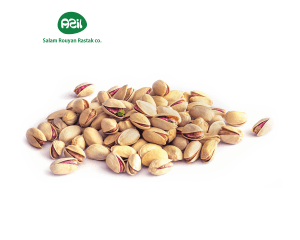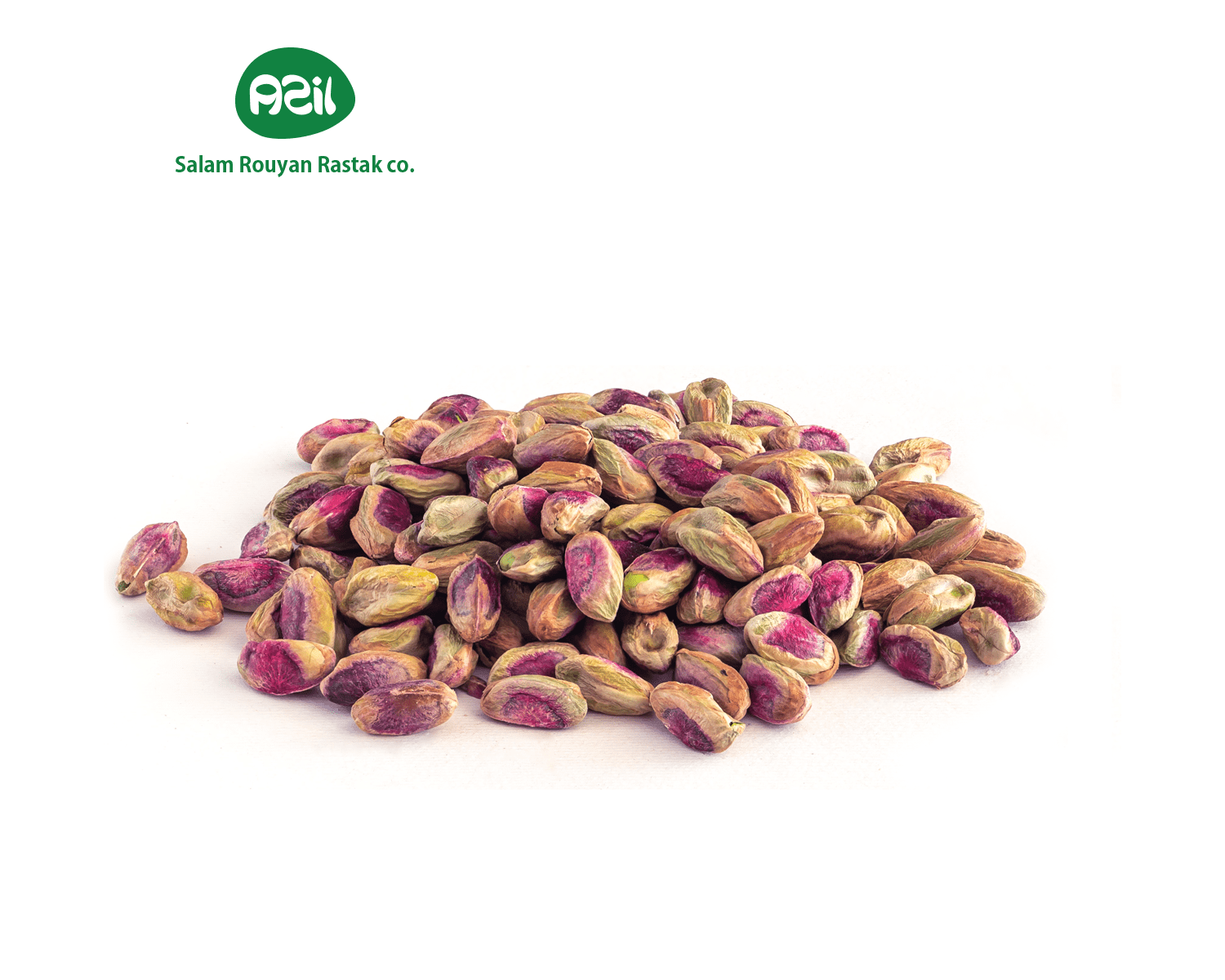Persian Pistachios in Winter Craft Fairs
Persian pistachios, with their vibrant crunch, brighten Iran’s winter craft fairs, inspiring artisans. Known as “pesteh,” these nuts shine at 04:46 AM CEST on August 09, 2025. For example, vendors craft with them during festive market days. This article explores how Persian pistachios elevate winter craft fair traditions, their cultural significance, and their health benefits. We’ll also dive into their cultivation, preparation, and global appeal. As exporters of saffron, nuts, and more, we share Iran’s finest pesteh too. So, discover why these pistachios are a fair treasure, how they’re used in Persian winter crafts, and why they’re cherished worldwide. Join us to explore this lively gem and see what makes it a Persian seasonal essential this morning!
Introduction
Persian pistachios bring vibrant crunch to Iran’s winter craft fairs, inspiring artisans at 04:46 AM CEST on August 09, 2025. Iranians call these nuts “pesteh,” grown in regions like Kerman, and they shine during festive market days. Vendors craft with this lively gem, adding texture to handmade goods. We export saffron, nuts, and dates, but this isn’t just about trade—it’s about their role in cultural creativity. Therefore, this article explores how Persian pistachios elevate winter craft fair traditions, their cultural significance, and their health benefits. Let’s uncover this artistic practice!
Persian Pistachios in Craft Fair Decorations

Azil organic Ahmad Aghaei Pistachio
In Persian culture, artisans use Persian pistachios to create decorations for winter craft fairs. They often embed pesteh shells in wooden frames to showcase natural art. For instance, many glue this lively gem onto ornaments for a rustic look. Also, they string pistachios into garlands for market stalls. This creativity brings charm, so Persian pistachios are a fair favorite.
Pesteh in Winter Craft Fair Edible Gifts
Beyond decorations, pesteh plays a key role in Persian winter craft fair edible gifts. Vendors package Persian pistachios in decorative jars to sell as holiday treats. They also mix this lively gem with honey for a sweet craft item. Another idea involves roasting pistachios for a savory gift option. These products often delight buyers, highlighting seasonal flair. As a result, this lively gem enhances fair offerings across Iran.
How Farmers Cultivate This Lively Gem
Farmers carefully cultivate this lively gem to ensure it’s ready for winter use. The process starts with pistachio trees flowering in spring, so nuts mature by late summer. They irrigate the trees in Kerman to support growth in arid conditions. Then, they harvest pesteh when shells split naturally. Finally, they dry the pistachios to preserve flavor for fairs. This method keeps Persian pistachios fresh for crafts throughout Iran.
Preparing Persian Pistachios for Craft Fairs
Artisans prepare Persian pistachios to shine in winter craft fairs. For example, they dye pesteh shells to add color to handmade items. They also crack this lively gem to use kernels in recipes. Another method involves polishing pistachios for smooth craft surfaces. Some even grind pesteh into powder for decorative pastes. Because of these preparations, this lively gem elevates every fair moment.
Health Benefits of This Lively Gem
This lively gem offers health benefits that suit winter craft fair visitors. Persian pistachios contain healthy fats, providing energy for shopping and crafting. They also offer antioxidants, protecting against cold weather effects. Moreover, their fiber aids digestion, a relief after snacking, per studies. Their vitamin B6 supports brain health, enhancing wellness. Therefore, enjoying pesteh at fairs means adding health to every visit.
Cultural Significance of Pesteh in Winter Crafts
In Iran, pesteh holds deep cultural significance in winter craft fair traditions. Using Persian pistachios symbolizes resilience, a value tied to seasonal endurance. Ancient customs mention this lively gem in handmade goods to celebrate winter. Also, pesteh often appears in fair displays, representing abundance. In rural areas, these nuts signify community artistry during cold months. Consequently, this lively gem weaves tradition into Iran’s craft customs.
Pistachios and Iran’s Winter Craft Fair Heritage
Iran’s winter craft fair heritage thrives with this lively gem. Farmers in Kerman grow Persian pistachios, supporting artisans who showcase them at fairs. Since they’re a seasonal staple, using pesteh in crafts shows cultural pride. Markets buzz with pistachio sales before winter, delighting visitors at 04:46 AM CEST on August 09, 2025. We export saffron, nuts, and these treasures, connecting them to Persian heritage. Thus, this lively gem remains a cornerstone of Iran’s fair traditions.
Global Appeal of Persian Pistachios
Around the world, people embrace this lively gem in their own winter craft fairs. Its distinctive texture makes it a favorite for global creators seeking inspiration. For example, European artisans use Persian pistachios in holiday crafts, inspired by Iranian customs. Also, global markets sell pesteh for fair supplies, spreading its charm. In Asia, people incorporate these nuts into winter art events. Iran shares this lively gem worldwide, so its fair appeal grows.
Challenges with Using These Nuts
Using these nuts for winter craft fairs can face hurdles. Cold in Kerman storage areas, for instance, affects pesteh quality, limiting supply for events. Pests like worms sometimes damage crops, impacting availability. Additionally, preparing Persian pistachios for crafts takes skill, making it labor-intensive. However, Iran ensures these nuts remain accessible for tradition. This effort keeps the heritage alive despite challenges.
Opportunities to Share Fair Pesteh
The future offers chances to expand these fair traditions. This lively gem in craft kits could, for example, become a global trend for artisans. Creating pesteh-based craft materials for international markets is another idea. Furthermore, crafters worldwide could buy these pistachios online for their winter fairs, extending their reach. We’re committed to sharing these treasures for global creativity. So, these opportunities ensure this lively gem has a vibrant future ahead.
How to Choose the Best Persian Pistachios
Looking for the best pesteh for your winter craft fairs? Check for split shells—they shouldn’t be closed, ensuring ripeness. Also, look for bright green kernels, a sign of quality. Taste them for a rich flavor, perfect for crafts. Source them from us because we guarantee the best pesteh for your needs. This way, you’ll have top-quality pistachios for every fair.
Pistachios in Global Winter Craft Fair Practices
Globally, this lively gem enhances winter craft fair practices in unique ways. In Iran, for instance, artisans use pesteh in displays at 04:46 AM CEST on August 09, 2025. European fairs feature these nuts in holiday decorations. In Asia, people craft with this lively gem during winter markets, delighting visitors. You can also roast pesteh for a fair treat. These practices show how Persian pistachios enrich global crafts.
The Future of This Lively Gem in Winter Fairs
Looking ahead, this lively gem will shine in winter craft fairs worldwide. Sustainable farming can manage cold, so supplies remain steady for events. Also, people increasingly seek natural materials like pesteh for their crafts. We’re ready to share this awesome pistachio, along with saffron and more, for global traditions. Therefore, this treasure will remain a fair favorite for years to come.
Conclusion
This lively gem blends vibrant flavor with the creativity of winter craft fairs in Iran and beyond. Its taste, cultural role, and health benefits make it beloved in seasonal artistry. If you’re hosting a fair, pesteh invites you to add a Persian touch. We deliver Iran’s best with care, so you can trust our quality. Want to try it? Contact us to get this lively gem for your next event at 04:46 AM CEST on August 09, 2025. Let’s share this festive delight together!

